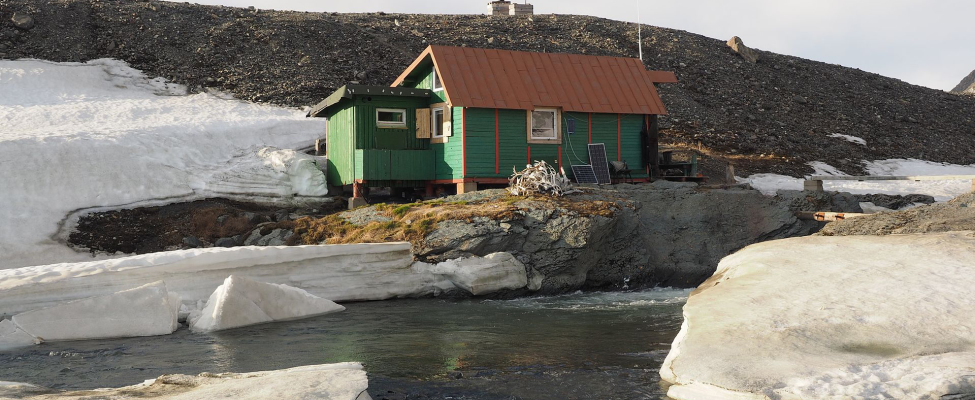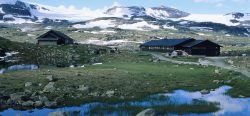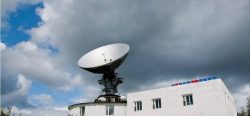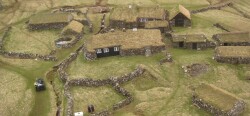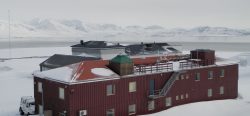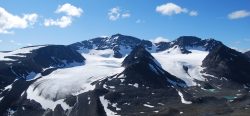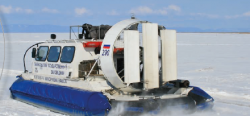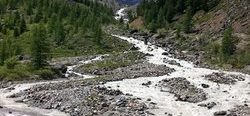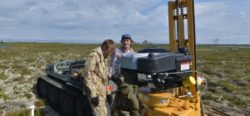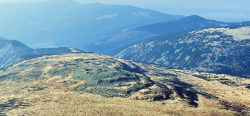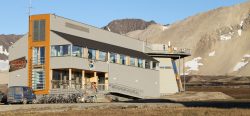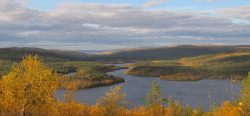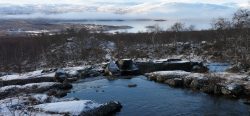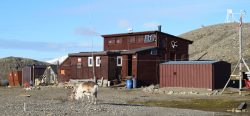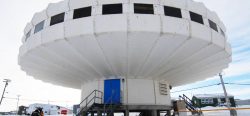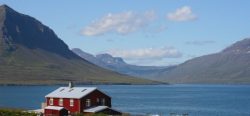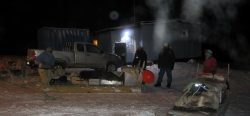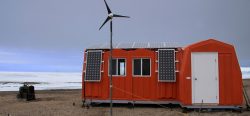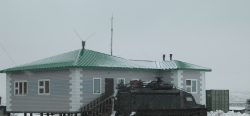STATION NAME AND OWNER
Stanislaw Baranowski Polar Station is operated by the Institute of GeographyThe study of the Earth, such as places, landforms, people and processes by which the Earth changes over time. Geography is divided into two main branches: human geography and physical... More and Regional Development, the University of Wroclaw, Poland.
LOCATION
The research station is located on Wedel Jarlsberg Land, on the west coast of Spitsbergen, the largest island in the Svalbard archipelago. The station building is located on the bedrock outcrop, right under the embankment of the lateral moraine of the Werenskiold GlacierA glacier is a large, persistent body of land-based ice that forms over many years where the accumulation of snow is greater than its loss (ablation). The ice in a... More. This place is 550 m away from the coast of Nottinghambukta and elevated ca. 15 m above sea level. The Brattegg stream flows next to the building, where in a small river gorge, creates a 2.5-meter high waterfall. The station is located in the Sør-Spitsbergen National Park established in 1973.
BIODIVERSITY AND NATURAL ENVIRONMENT
Spitsbergen is a major island of one of the northernmost archipelagos in the ArcticDefinitions of the Arctic vary according to environmental, geographical, political, cultural and scientific perspectives. Some scientists define the Arctic as areas having a high latitude, long winters, short, cool summers,... More – Svalbard. The station is surrounded by glaciers, moraines, rivers, mountains and a typical tundraA type of ecosystem in which tree growth is limited by low temperatures. The origin of the word is from from the Kildin Sami word t?ndâr, meaning "uplands" or "treeless mountain tract". In the northern... More system. Most of the faunaThe animals that live in a particular region, habitat or time (such as geological period like the jurassic). For plants, we use the term flora, and to collectively refer to all... More living in Svalbard is represented in the area with birds (auks, kittiwakes, terns, barnacle geese, etc.), reindeers, foxes, polar bears and often visible in the fjord are seals and sometimes belugas and walrus.
HISTORY AND FACILITIES
The station was built in 1971 below the site on the lateral moraine of the Werenskiold GlacierA glacier is a large, persistent body of land-based ice that forms over many years where the accumulation of snow is greater than its loss (ablation). The ice in a... More, where a meteorological station was established in 1970. The building was assembled from wooden, ready-made elements that were prepared earlier in Wrocław, Poland and transported to Spitsbergen on the ship. The initiator of the construction of the facility was Dr Stanisław Baranowski (glaciologist). Over the years the station overcome multiple renovations and modification and currently provides basic logistical resources: accomodation and storage facilities for research groups working in the area.
GENERAL RESEARCH AND DATABASES
Station supports fieldowrk in number of scientific disciplines. The key areas of research are geomorphological (including permafrostPermafrost is frozen ground that remains at or below zero degrees Celsius (32 degrees Fahrenheit) for two or more years. It forms in regions where the mean annual temperature is... More studies), glaciological, climatological, geological and ecological studies. Both, long term and short term projects are carried out at the Station.
HUMAN DIMENSION
There is no permanent population living in the area and activities are mainly linked to science. The nearest, permanently inhabited place is the Polish Polar Station in Hornsund located 15 km to the south. Visits of tourists coming mostly from yachts for just a few hours are rather rare. The closest town is Longyearbyen (population c. 2000) located ca. 130 km north of the Station.
ACCESS
Access is possible only by ship/yacht or speedboat to nearby Hyttevika or Nothinghambukta. From the shore ca. 30 minutes walk in a rough terrain is required. There are no regular ship transport to the station and organization of own transport is required. Transport of freight is possible to the Polish Polar station in Hornsund, which later on can be transport near the Station using zodiacs. Fjord shores and islands are easily accessible using zodiacs.
